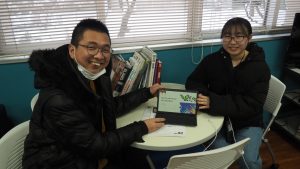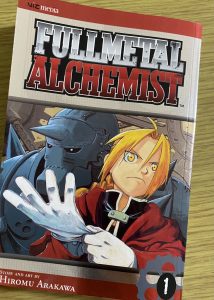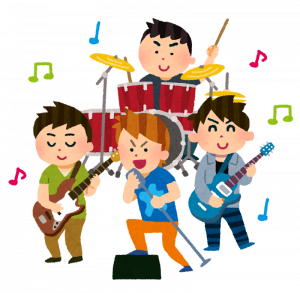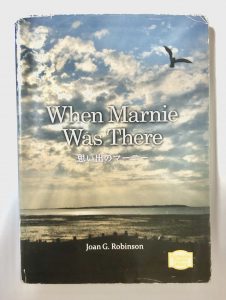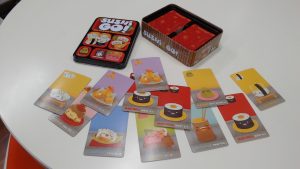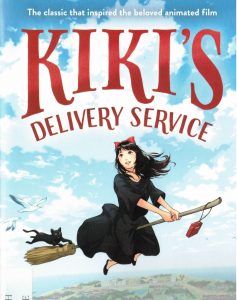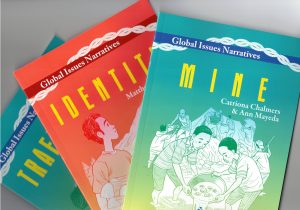The event that made me decide to study English more seriously was when I went to Tokyo last summer to support high school students in their English activities as a university student mentor. I had always liked and studied English, and I was invited to participate in this activity by a friend of mine who was attending a university overseas. To be honest, I felt envious that I could acquire English skills because I had studied in a fulfilling environment. I also felt a little depressed because I had always assumed that my English skills were limited because I did not have the money to study abroad and did not belong to an international faculty, so it was inevitable that my English skills would not improve. However, a senior student saw this and approached me and told me that she had never studied abroad and was studying something unrelated to English at university. I was shocked because he spoke very fluent English, but he advised me that if I had the desire to learn, I could improve my English skills no matter what the environment was. He also gave me concrete information about the study methods he was practicing. I am very grateful to him, and I now want to continue learning English at my own pace and in my own way, without setting my own limits.


